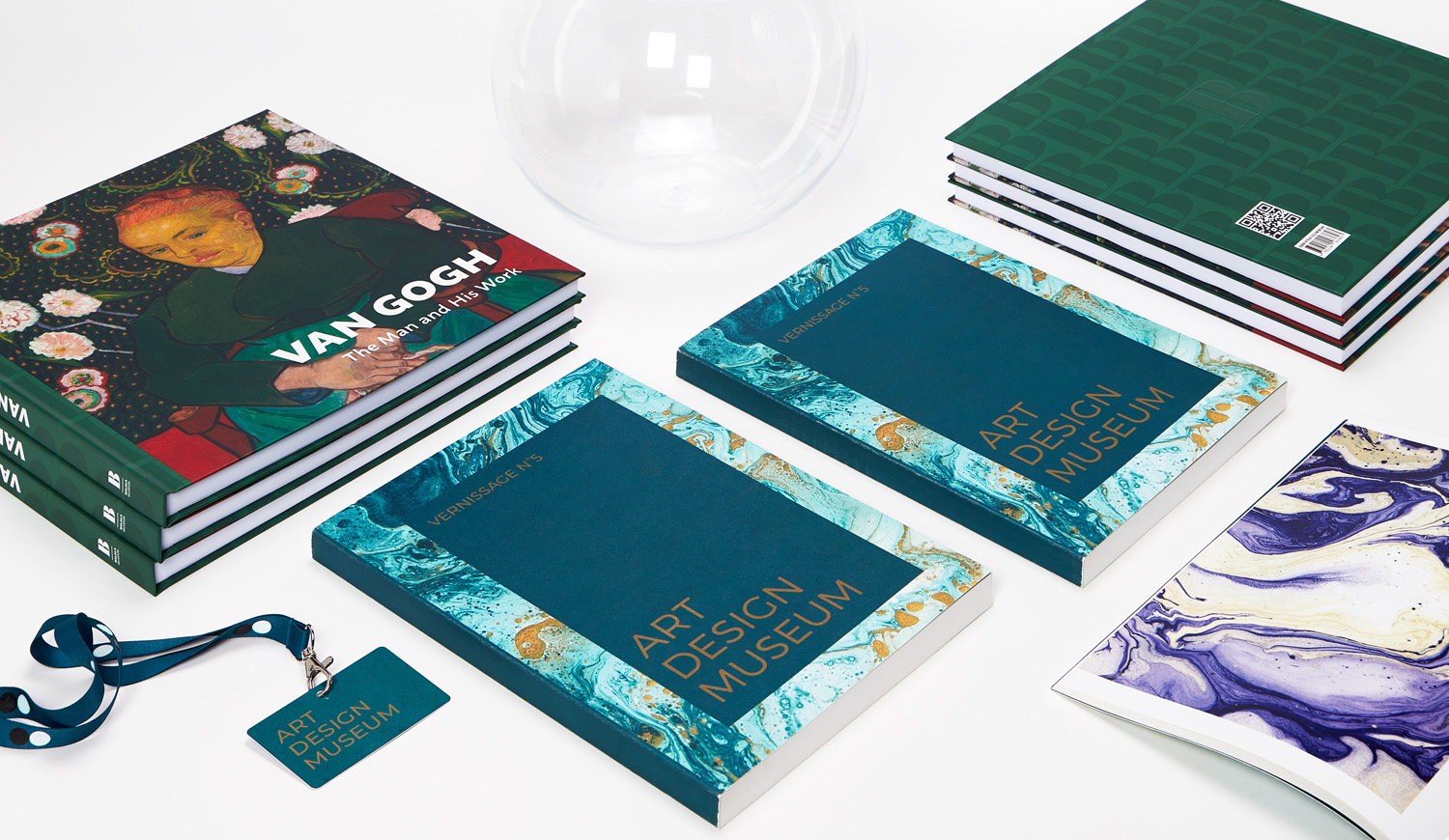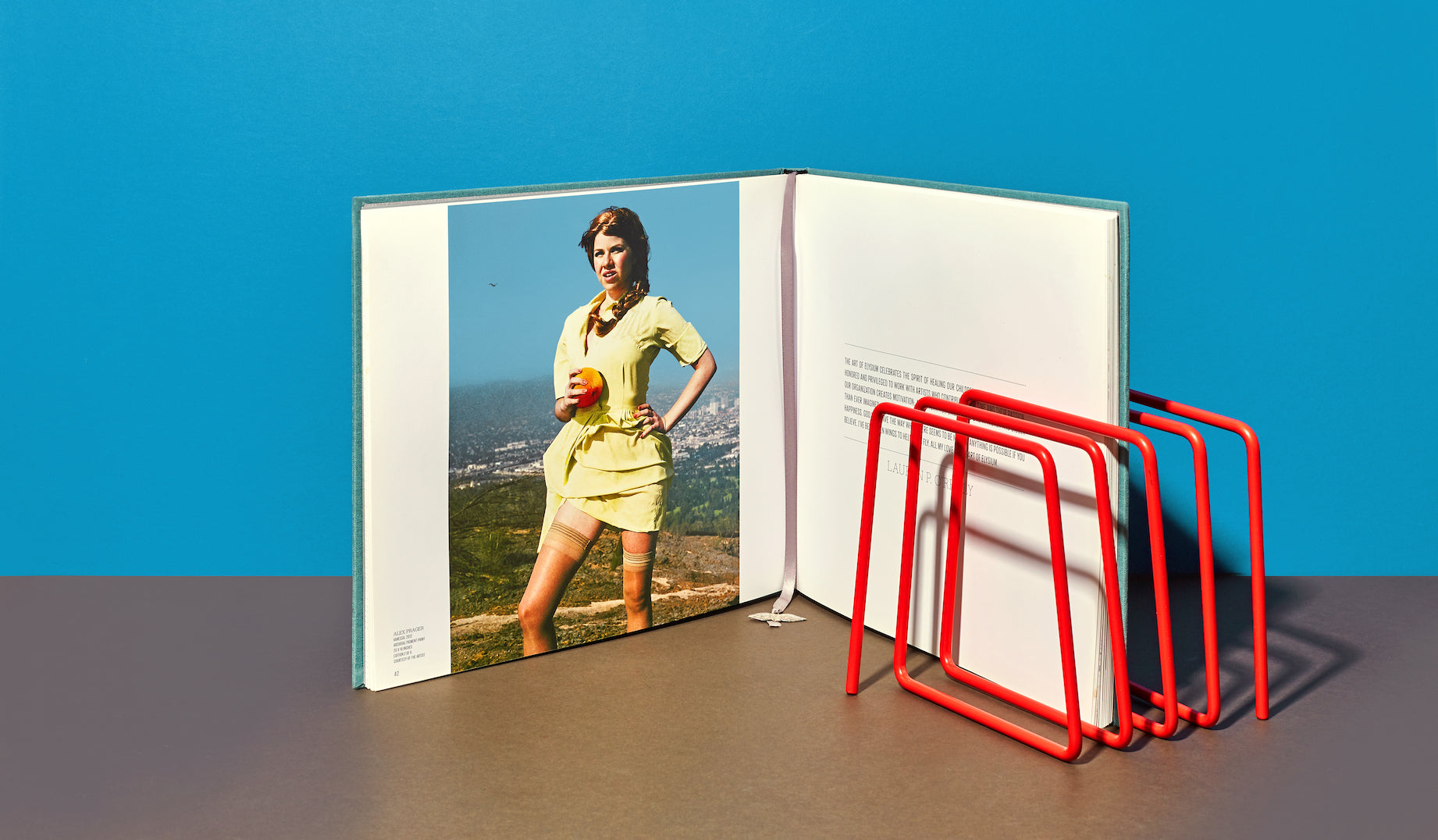Creative Features That Add Value to Your art book
Creative Features That Add Value to Your art book
Blog Article
Discover the Essential Overview to Art Book Printing for Aspiring Artists and Publishers
As a hopeful musician or publisher, comprehending the nuances of art book printing is crucial to bringing your vision to life. What are the essential elements you should concentrate on to produce a magnificent art book that really represents your work?
Comprehending Various Kinds Of Art Books
When you plunge right into the globe of art books, you'll promptly find that they are available in numerous types, each customized to different artistic expressions and target markets. Coffee table books often showcase spectacular visuals, ideal for laid-back surfing, while essays dive deep into a specific musician's job, giving context and understandings. If you're interested in details art motions, exhibition magazines use in-depth documentation of programs, featuring essays and reviews.
For educational purposes, art guidebooks and method publications guide you via different mediums and styles, making them essential for aspiring artists. Each style serves its objective, and understanding their distinctions can boost your art book journey.
Picking the Right Paper and Products
Picking the right paper and products can considerably affect the general quality and feeling of your art book. For lively shades and elaborate details, decide for a shiny finish or a heavyweight matte paper that enhances visual deepness.
Consider the weight of the paper, as well. Thicker options frequently provide an even more specialist appearance, while lighter papers can decrease printing expenses. Do not ignore the binding products; a tough cover can protect your pages and include in guide's visual.
Lastly, consider sustainability. Environment-friendly options are getting appeal and can mirror your values as a musician. By thoroughly selecting your paper and products, you'll ensure that your art book not only looks great but also really feels unique in the hands of your visitors.

Picking the Best Printing Methods
When it involves printing your art book, selecting in between offset and electronic printing can considerably influence your final item. You'll also desire to take into account how paper high quality affects the total feel and look of your artwork. Allow's explore these essential printing methods to discover the finest fit for your project.
Offset vs. Digital Printing
While both balanced out and digital printing have their benefits, selecting the appropriate strategy for your art book can substantially affect the final product. Balanced out printing supplies top quality pictures and vivid colors, making it ideal for larger print runs. Inevitably, your selection must straighten with your artistic vision and distribution strategy, ensuring that your art book mirrors the high quality you want.
Paper High Quality Considerations
Choosing the ideal paper high quality can greatly boost the aesthetic appeal and responsive experience of your art book. For prints, a glossy surface can make images pop, while a matte surface provides a softer, much more refined appearance.
Following, consider the sustainability of your choice. Environment-friendly alternatives are ending up being increasingly prominent and can attract environmentally-conscious viewers. Lastly, request samples to see just how different documents deal with your artwork, making sure the final item shows your vision perfectly.
Making Certain Color Accuracy in Your Prints
To attain magnificent prints, you require to concentrate on color accuracy from the beginning. You'll intend to utilize shade calibration techniques to validate your display and printer remain in sync. Furthermore, proofing your job prior to the final print run can aid capture any kind of discrepancies, ensuring your art looks equally as you envisioned.
Color Calibration Techniques
Guaranteeing color precision in your prints starts with efficient shade calibration strategies that help keep uniformity between your electronic pictures and last published products. First, calibrate your display utilizing hardware calibration devices to attain the most effective shade depiction. This confirms that what you see on-screen suits what obtains published. Next, pick a shade profile fit for your printing procedure, like CMYK for print products. Frequently check your printer's settings and preserve it to prevent shade changes. It's also necessary to utilize top notch paper that complements your inks, as different surface areas can significantly influence color output. By regularly applying these methods, you'll boost the overall quality of your art prints and better communicate your creative vision.
Proofing for Precision
While you might think your digital pictures await print, proofing is important for accomplishing color accuracy. Prior to committing to a complete print run, constantly request a proof from your website printer. This allows you to see just how colors translate from screen to paper. Compare the evidence with your adjusted monitor to spot any type of inconsistencies. Take note of saturation, brightness, and hue, as these variables can significantly affect your final product.
If changes are needed, communicate clearly with your printer regarding your wanted results. Do not think twice to demand several evidence if needed; it deserves the financial investment to get it right. Eventually, complete proofing guarantees that your artwork is stood for as you visualized it, keeping your creative honesty throughout the printing process.

Designing Layouts That Enhance Your Art Work
When you develop layouts for your art book, it's vital to contemplate just how each element engages with your art work. Go for a balance between visuals and message, ensuring neither overshadows the various other. Use white area purposefully; it provides your artwork area to breathe and accentuates its information.
Think about the flow of your book. Arrange photos in such a way that overviews the visitor's eye, developing a story or thematic development. art book. Differ the dimensions and alignments of your art work to keep the layout vibrant art book and intriguing
Select fonts that match your artwork without sidetracking from it. Maintain message concise and relevant, supplying context or understanding that enhances the customer's experience.
Finally, examination different formats. Print examples to see just how the layouts convert on paper, and adjust as required. By thoughtfully making your formats, you'll produce a visually engaging art book that resonates with your target market.
Binding Choices for an Expert Complete
Selecting the right binding option can greatly influence the total presentation of your art book. You'll want to consider both looks and durability when making your option. Popular options include best binding, which supplies a streamlined appearance and is ideal for thicker books; saddle sewing, perfect for smaller booklets; and spiral binding, which allows pages to lay flat for easy viewing.
If you're intending for a costs feeling, case binding is an outstanding selection, providing a durable cover and an expert look (art book). Don't forget concerning the cover material; choices like cloth, natural leather, or a shiny coating can boost your book's charm
Whatever choice you select, make certain it matches your artwork and boosts the viewers's experience. Take your time to evaluate the benefits and drawbacks of each approach, so your end product reflects the high quality of your imaginative vision.
Preparing Your Declare Print Preparedness
To ensure your art book is print-ready, you'll require to pay attention to submit prep work. Beginning by setting your paper dimension to match your wanted print dimensions. Usage high-resolution images-- 300 DPI is the requirement-- to establish sharp, vivid visuals. Transform your data to CMYK setting, as this color room is best for printing. Do not fail to remember to consist of hemorrhage areas, usually an added 0.125 inches around your pages, to avoid any kind of white edges after cutting.
Likewise, embed your font website styles or transform message to outlines to avoid any type of typeface concerns. Conserve your work in a PDF layout, as this is one of the most accepted data type for printers. Double-check your files for any type of typos or layout errors, as changes can be expensive after the truth. Consider creating a proof to review before the final print run. Following these actions will help you attain a polished, specialist art book.
Regularly Asked Questions
What Is the Average Cost of Printing an Art Book?
The standard expense of publishing an art book differs, but you can anticipate to pay anywhere from $5 to $20 per copy, depending upon elements like dimension, paper quality, and printing volume.
How Can I Discover a Reliable Printing Company?
To locate a trustworthy printing business, start by researching online testimonials and asking other artists for suggestions. Compare quotes, examine profiles, and interact your requirements clearly to assure they recognize your vision and top quality expectations.
What Is the Common Turn-around Time for Printing?
The common turnaround time for printing varies but typically varies from one to 4 weeks. Factors like task complexity and quantity can influence this. Always verify with your picked printer for details timelines and expectations.
Can I Publish My Art Book in Limited Quantities?
Yes, you can most definitely publish your art book in minimal amounts. Many printing firms supply short-run choices, enabling you to generate simply the number you need, making it easier to manage expenses and stock.
What Legal Factors To Consider Should I Know for My Art Book?
You ought to consider copyright, licensing agreements, and design launches when producing your art book. Make sure you have the right to use all images and text, protecting on your own from possible legal issues later on.
Report this page